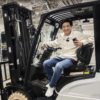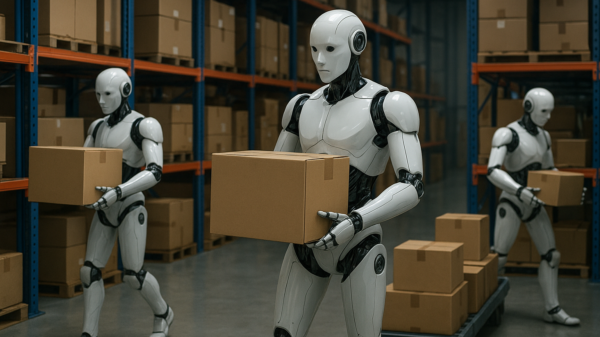Spot, a four-legged robot produced by Boston Dynamics Inc. has moved into regular use by police agencies in the United States and Canada.
Law-enforcement teams deploy the robot during armed standoffs, hostage incidents and hazardous materials responses. Boston Dynamics said on Tuesday that more than 60 SWAT teams and bomb squads now use the device.
The robot weighs about 75 pounds and can climb stairs, open doors and move across uneven ground. Its commercial debut came five years ago. Additionally, agencies have explored advanced tools as overall defense technology funding grows. PitchBook reported that such funding reached more than USD$28 billion in 2025, representing a 200 per cent annual increase.
ICE, or U.S. Immigration and Customs Enforcement, purchased a robot from Canadian firm Icor Technology Inc. for roughly USD$78,000. The contract noted that the device can deploy smoke bombs.
Spot’s deployments vary across regions. In 2022, officers in St. Petersburg, Florida, used the robot to approach a man after a kidnapping attempt and vehicle crash. The robot allowed police to see if the suspect held a weapon. In addition, the Massachusetts State Police deployed Spot during a chemical spill at a North Andover middle school. The agency also used it during a Hyannis hostage incident, where a suspect held his mother at knifepoint and fired at officers.
A bomb technician said the Hyannis suspect appeared confused when the robot advanced. The officer said the reaction provided police with a tactical advantage. Operators guide Spot with a tablet that shows a live video feed from onboard cameras. Sensors support navigation and mapping. However, law-enforcement teams still oversee all major decisions.
Read more: Roomba maker iRobot continues descent from floor hero to zero
Read more: Neptune Robotics raises US$52M to expand deployment of boat cleaning droids
Boston Dynamics reported 2,000 Spot units in operation
Officers often display Spot’s video feeds on larger screens during critical operations. Furthermore, Boston Dynamics continues to update the system. The company recently added a mode to help Spot move across slippery surfaces. Engineers also work on tools that improve object handling.
Experts say police agencies have used robots since the 1980s. Ground robots became more common in the early 2000s. Professor Robin Murphy of Texas A&M University said Spot’s design offers agility not found in tracked machines. She noted that four-legged robots can access more areas.
Boston Dynamics reported about 2,000 Spot units in operation worldwide. Customers include the Dutch Ministry of Defense and Italy’s national police. Interest from law-enforcement groups has grown during the past two years. Brendan Schulman, the company’s vice-president of policy and government relations, said inquiries have increased steadily.
The Massachusetts State Police owns two Spot units from 2020 and 2022. Each cost about $250,000 with accessories. The agency aims to acquire a third unit. Houston operates three Spot robots, and Las Vegas uses one. Some departments cannot afford such purchases. Murphy said cost and complexity remain concerns and questioned whether the added mobility justifies the expense.
Civil-liberties groups warn that semi-autonomous robots may encourage tougher policing methods. The New York Police Department once suspended its Spot program after criticism over spending and surveillance fears. The department later reinstated the program and purchased two robots.
Some agencies also use older military-grade robots such as PackBots from iRobot Corp. (NASDAQ: IRBT). These machines handle suspicious objects and communicate with suspects through audio equipment. They assisted in recovery work at the World Trade Center site after the September 11 attacks.
Read more: Morgan Freeman is fed up with AI voice deepfakes
Read more: Spectacular humanoid robot video from UBTECH Robotics attracts skepticism
Robots may affect public trust
Boston Dynamics requires police agencies to explain how they intend to use Spot before shipping a unit. A researcher at the Electronic Frontier Foundation said companies cannot fully control how police later apply the technology. She argued that laws, not manufacturers, should guide its use. She also said the “robot dog” nickname may make the public more comfortable with expanding police technology.
A University of Washington robotics-law professor said robots may affect public trust. He warned that widespread use could distance officers from communities. Additionally, he noted that robots should be limited to specific situations laid out in advance.
The Massachusetts State Police uses drones and other robotic tools for certain missions. However, the agency said Spot can access locations that drones cannot reach. Spot’s battery runs for up to 90 minutes, while many drones last 20 to 30 minutes. The robot operates more reliably indoors and can run preprogrammed routes without constant control. The professor said robots offer value when agencies apply clear rules.
.













